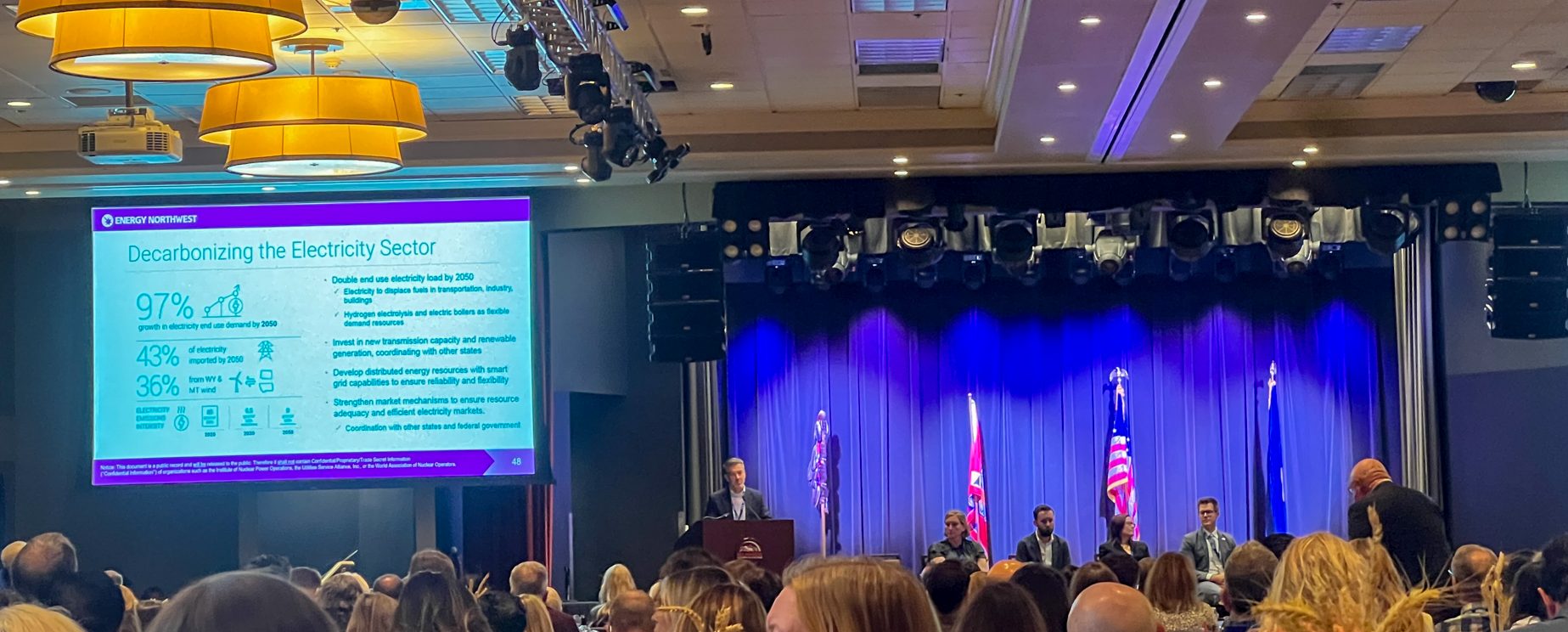Drone range negotiations near to bearing flying fruit
Published 2:32 pm Friday, January 23, 2015
A little more than a year after Pendleton was approved as a test site for unmanned aerial systems, the range’s first paying customers could be imminent.
Economic Development Director Steve Chrisman said contracts are close to being signed by two companies interested in testing drones at the Pendleton UAS Range.
Trending
Despite announcements that suggest progress, details like the companies involved in contract negotiation and the standard rate for UAS testing have not been released.
Chrisman said the secretive process is in place for good reason — most UAS companies make the city sign a nondisclosure agreement at the start of negotiations.
“You don’t want your competitors to have any more information than they need,” he said.
Keeping things close to the vest offers a public advantage as well.
The UAS range has competitors of its own in the form of the six test sites that were approved by the Federal Aviation Administration in 2013.
The Pendleton UAS Range is a part of the Pan Pacific UAS Test Range Complex, which covers nine ranges throughout Oregon, Alaska and Hawaii and is headed by the University of Alaska Fairbanks.
Trending
Chrisman said 11 companies and organizations are in the process of obtaining authorization from the FAA to run tests at the Pendleton UAS Range. Four applications have already been authorized, with two of those companies in negotiations with the city to start testing.
While the path seems clear for the UAS range to start accepting business, continual bureaucratic obstacles have slowed the process. Already three months into it, Chrisman said the FAA recently informed airport staff that all drones would need to obtain identification numbers, tacking on an additional 60 days to the process.
This new requirement comes on the heels of previous confusion regarding which entity would receive money in a business transaction, with the FAA maintaining all money had to be paid to a public body.
To solve the problem, Chrisman said all payments for UAS testing will go to the city. Pendleton will then pay other entities involved in developing and managing the range, like Peak 3 Technical Services.
Although Chrisman admitted meeting FAA compliance can be frustrating, he said he understands the administration’s commitment to safety and is still optimistic about the range’s potential.
Addressing recent concern that he didn’t have time to market the Eastern Oregon Regional Airport to people in the UAS industry, Chrisman said the city has hired Eastern Oregon University business student David Anderson to help with that effort.
The airport could also be getting outside help from private investors looking to build hangars.
Chrisman said two people were interested in personally financing hangars, which are in high demand for both manned and unmanned aerial vehicles.
Infrastructure will be a persistent need if the city stays with its ambitious long-term plans for the UAS range, which includes an industrial park.
The city has invested $535,000 into the test range, with an unspecified date to terminate local funding.
That’s where SOAR Oregon could step in.
SOAR Oregon is a statewide, not-for-profit dedicated to developing Oregon’s three test ranges in Pendleton, Warm Springs and Tillamook.
SOAR Oregon Executive Director Mark Morrisson said financial support from the state and federal levels is “essential” to the growth of the UAS ranges.
Morrisson said government investment could return dividends in the form of jobs.
According to a recent study by Oregon State University economist Bruce Sorte, the range could create roughly 317 jobs and generate $178 million in economic impact in the first three years of operation.
“The mathematics are very compelling,” Morrisson said.
To help support the ranges, SOAR Oregon applied for a $3.5 million grant from Business Oregon, with $2.25 million earmarked for the state’s test ranges.
While many of SOAR Oregon’s board of directors are based out of the western part of the state, Pendleton does have a seat at the table.
Mike Thorne resigned from the Airport Commission to accept an appointment from the SOAR Oregon board. Thorne replaced Mayor Phillip Houk, who left the board to avoid a conflict of interest.
Besides the UAS range, other areas of the airport have received attention.
Chrisman said SeaPort Airlines enplanements were up 15 percent last year, with December 2014 being the best December since 2009.
Airport staff also recently demolished four dilapidated homes in the airport area.
“I’m a big believer that the suit makes the man,” he said, “and the suit was a little dingy up here.”
———
Contact Antonio Sierra at asierra@eastoregonian.com or 541-966-0836.









